6 Things You Didn’t Know About the Guadalcanal Campaign
Iwo Jima and Midway are well remembered as two of the most important battles fought against Japanese forces during World War II. It can be argued the Guadalcanal campaign, an operation conducted in 1942, was nearly as important. Here are six facts about the battle that was a true turning point in the war.
It was so hastily thrown together that Marines referred to it as “Operation Shoestring”
The US had hoped to stay out of World War II, but things changed dramatically after Japan bombed Pearl Harbor in December 1941. The Allies achieved a stunning victory at the Battle of Midway only six months later. Four of the Imperial Japanese Navy‘s six aircraft carriers were destroyed in the battle. Wanting to take advantage of the unexpected success, the Marine division landed on Guadalcanal in early August 1942.
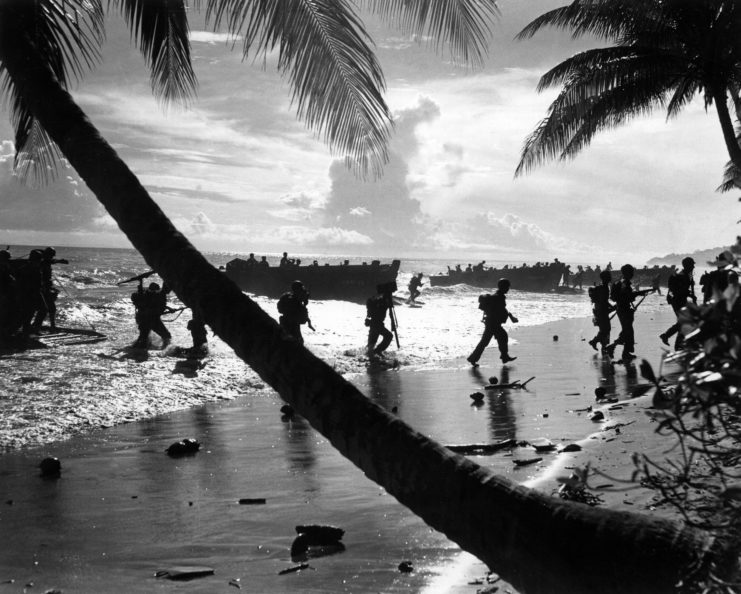
While leadership would have liked to have been more prepared, that wasn’t a realistic option. So forces came into the area lacking maps, planes and ports. While the operation was formally known as Watchtower, the Marines jokingly referred to it as Operation Shoestring.
The U.S. fleet had excellent luck with the weather
Following the Battle of Midway, Japanese forces knew the U.S. would keep attacking, but they didn’t exactly know where the troops would be attacking next. Japanese planes were regularly flying reconnaissance missions around the islands. As the U.S. fleet got closer, however, there were a series of storms.
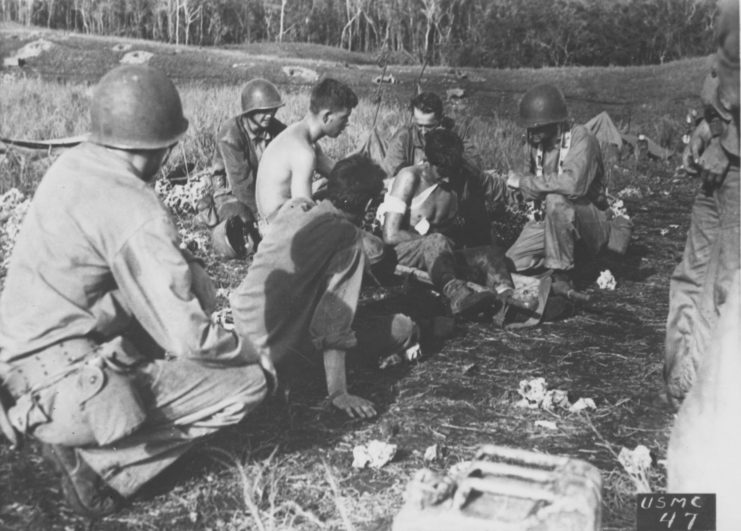
These storms significantly affected the recon planes’ ability to see the approach. The Allied forces could land on shore and begin a bombing campaign before the enemy even knew they were there. Planes and naval artillery soon joined in support.
Every branch of the military took part in the battle
Guadalcanal was an unusual battle, as it took place on the land, sea and in the air. As a result, every branch of the military took part. The Air Force had not yet been created, but the Army, Navy, Coast Guard and Marines were involved.
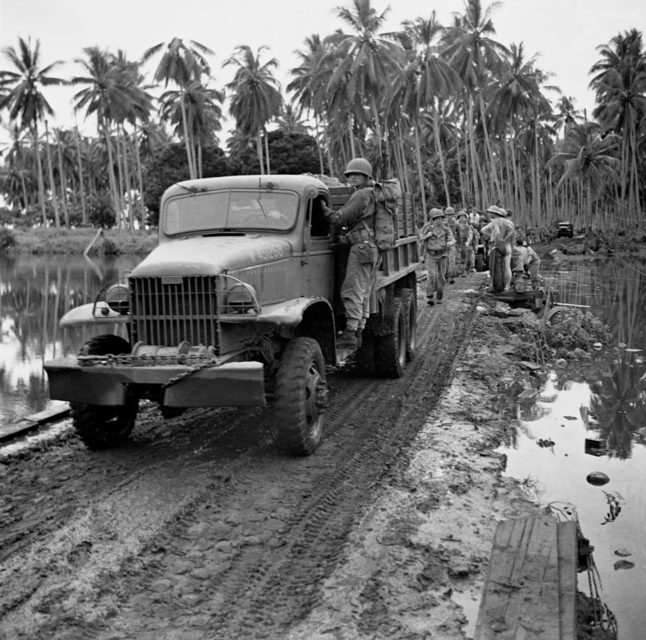
The lion’s share of the fighting was done by the Marines on the ground. The Navy was there for shore bombardments and aviation support, while the Army provided planes, pilots and troops to assist the Marines.
Signalman Douglas Munro was the only Coast Guardsman to receive the MoH
The Coast Guard was prominently involved in aiding the Marines during the battle. For much of the campaign, Japanese forces held the majority of the island, with U.S. forces only controlling the westernmost part. Lt. Col. Lewis “Chesty” Puller was desperate to get a foothold on the Japanese side of the island. Coast Guard Signalman Douglas Munro volunteered to operate a group of unarmored landing craft to pick up Marines.
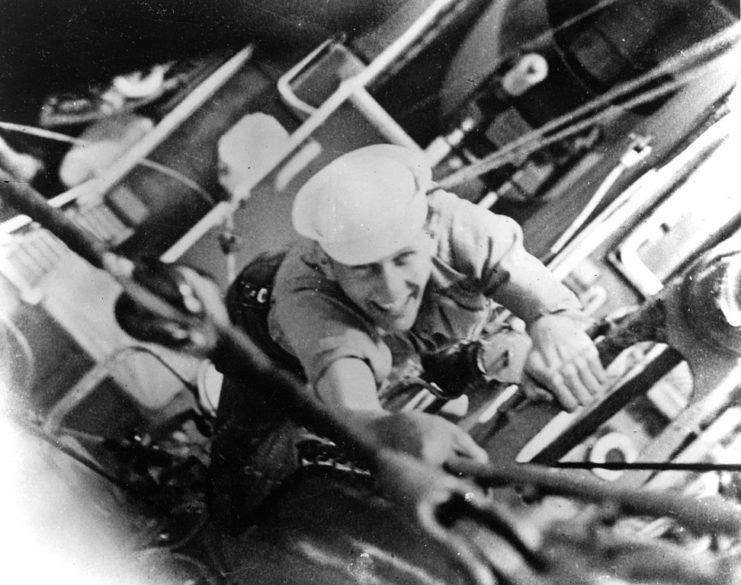
The group soon came under ambush by the Japanese. Munro continued to ferry troops until he was shot in the base of his skull. According to shipmate Raymond Evans, Munro’s last words were to ask if they had gotten the Marines out of the firefight safely.
On May 24, 1943, President Franklin Roosevelt presented Munro’s parents with a posthumous Medal of Honor. Three US warships have also been named in his honor.
U.S. success in the air set the tone for the rest of the war
U.S. forces shocked Japan by destroying multiple aircraft carriers during the Battle of Midway, but their domination in the air at Guadalcanal proved Midway was no fluke. Marine, Army and Navy aviators all participated in fights in the air, and slowly but surely took out a significant portion of the elite Japanese aircrews.
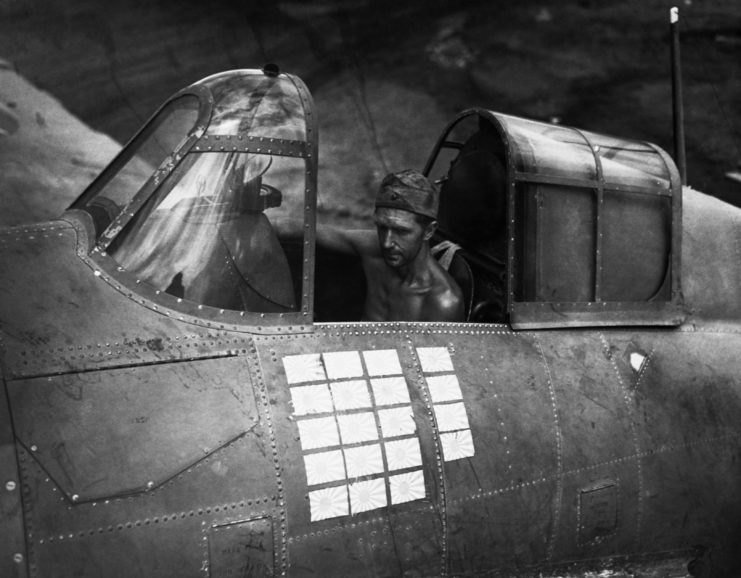
This domination in the air was obviously crucial during Guadalcanal, but also had a trickle-down effect for the war’s entirety. So many of the best Japanese airmen were taken out during this battle, making it easy for the U.S. to maintain air superiority in future conflicts.
Japanese forces retreated from the battle in secret
The Battle of Guadalcanal was devastating for the Japanese in several ways. The fighting force lost over 50,000 soldiers in the air, land and sea. The Japanese aircrew, the most vital part of their military, was decisively defeated and 600 of their airplanes were destroyed.
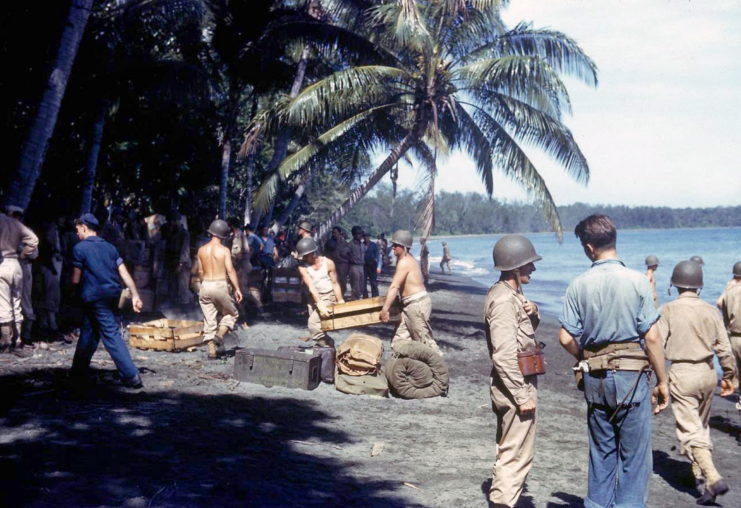
In January 1943, after more than five months of fighting, 13,000 Japanese soldiers retreated from Guadalcanal in secret. Their departure was so secret that U.S. troops didn’t know they had won the battle until they realized they were alone on the island. The battle not only provided a significant morale boost to the Allied forces, it also caused a change in strategy. Following Guadalcanal, Allied forces put the Japanese on the defensive for the remainder of the war.
The post 6 Things You Didn’t Know About the Guadalcanal Campaign appeared first on warhistoryonline.
Post a Comment
0 Comments